President Donald Trump said on July 28th that he is shortening his ceasefire deadline for Russia in the Ukraine war from 50 days to “about 10 to 12 days.” He made the announcement in Scotland during a joint appearance with U.K. Prime Minister Keir Starmer, adding there was “no reason to wait” given the lack of progress. The new timeline points to roughly August 7th–9th for measurable movement toward a ceasefire. Trump first issued the 50‑day warning on July 14th in Washington, tying it to the prospect of new penalties if Moscow did not move toward a truce. Since then, he has publicly voiced dissatisfaction after renewed Russian strikes, saying repeated conversations with President Vladimir Putin have not produced results.
Pressure Tools on the Table
The administration has linked the shorter deadline to possible consequences if there is no ceasefire framework. Options under review include additional sanctions on Russia and “secondary” measures aimed at third countries that continue to buy Russian energy or support sanctioned entities. Officials have also kept open the idea of tariff actions that would raise the cost of Russian-origin goods entering the United States and increase pressure on intermediaries. Trump has described these steps as a way to impose costs without committing U.S. forces, and as leverage to move negotiations out of a holding pattern. He has not specified final rates or categories, indicating those details would depend on the state of talks as the deadline approaches.
In parallel, the White House has continued military assistance to Kyiv through alliance channels, while emphasizing that an end to missile and drone strikes on civilians would be a necessary part of any near‑term ceasefire formula. The shorter clock is intended to force decisions: accept a monitored truce that pauses long‑range strikes and starts prisoner exchanges, or face a new round of financial pressure.
Reactions from Kyiv and Allies
Ukrainian officials publicly welcomed the tightened window. President Volodymyr Zelenskyy and senior aides have argued that compressed timelines, paired with concrete penalties, carry more weight in Moscow than open‑ended talks. Kyiv has also pushed for explicit triggers—such as a halt in missile attacks on cities and verifiable steps toward an exchange of detainees—that could be monitored during any ceasefire phase.
European capitals have treated the announcement as a near‑term escalation risk but also as a potential forcing mechanism. NATO governments are coordinating sanctions options that could be activated if Washington moves ahead, while continuing deliveries of air‑defense munitions and artillery to blunt the impact of Russian strikes. Diplomats note that the shorter deadline overlaps with ongoing discussions over energy measures designed to reduce Moscow’s export revenue; synchronizing U.S. and European steps would be one way to limit loopholes if secondary penalties are imposed.
Signals from Moscow and the Battlefield Context
Kremlin spokesmen have said Russia remains open to talks while accusing the United States of using ultimatums. At the same time, Russian forces have continued mixed‑method strikes, including large drone salvos and missile launches at Ukrainian targets far from the front. Those attacks, which Ukrainian authorities say involve hundreds of drones on some nights, were a central reason Trump cited for cutting the original 50‑day window.
On the ground, Russian units have tried to exploit gaps along the front with incremental advances, while Ukraine has focused on defense in depth, drone production, and the repair of air‑defense stocks. That backdrop matters for the deadline: if strikes continue at the current pace, the argument inside Washington for additional economic pressure is likely to harden. If Russia reduces attacks and signals willingness to freeze front lines, negotiators would have more space to shape a temporary arrangement.
Trump’s own comments suggest limited appetite for further direct calls with Putin before the new window expires. He has said conversations have not translated into restraint, and that tariff and sanctions tools may be more effective than additional rounds of leader‑level outreach. U.S. envoys have continued working‑level contacts with European partners and with Kyiv to define verifiable steps—ceasefire monitoring, missile‑launch pauses, and exchange logistics—that could be deployed quickly if there is movement.
What to Watch Next
• Formal notice of the revised clock: The White House is expected to publish a formal directive setting the 10–12 day horizon and identifying benchmarks for “progress toward a ceasefire,” such as a halt to long‑range strikes and agreement to begin prisoner‑exchange procedures.
• Design of penalties: Treasury and Commerce are drafting options that can be activated on short notice. Watch for whether secondary measures focus on buyers of Russian crude and refined products, on banks facilitating those trades, or on sectors such as metals and machine tools.
• Allied coordination: The degree of alignment with the European Union and key G‑7 economies will shape the bite of any new measures. Coordinated listings and shared enforcement rules reduce diversion and blunt the impact of rerouting through third countries.
• Signals from Kyiv and Moscow: Any declared pause in missile and drone strikes, even if limited in scope, would be read as an opening for a monitored truce. Conversely, a fresh wave of long‑range attacks will narrow the diplomatic lane and make penalties more likely when the window closes.
• Humanitarian steps: Prisoner swaps and agreements on protected corridors are often among the earliest visible outcomes in ceasefire talks. If those items appear on official agendas, it would indicate that negotiators are attempting to build a minimal framework under the shortened timeline.
The message from Washington is straightforward: the 50‑day grace period announced on July 14th is no longer viable, and the parties now have roughly 10–12 days from July 28th to show tangible movement. If there is none, the administration is prepared to escalate economic pressure, including measures that reach beyond Russia to the partners and intermediaries that sustain its war economy. If there is movement—especially a verifiable pause in attacks on civilians—the United States and its allies are ready to test a narrow ceasefire that could be expanded if it holds.
Either outcome will set the tone for the next phase of the conflict. A tightened deadline increases the odds of near‑term decisions, for diplomacy or for penalties. The coming days will show whether Moscow is willing to accept a monitored pause, whether Kyiv sees enough guarantees to support one, and whether the leverage Trump has emphasized—sanctions, tariffs, and allied alignment—can convert a compressed timetable into a concrete step toward quieting the war.


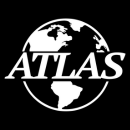
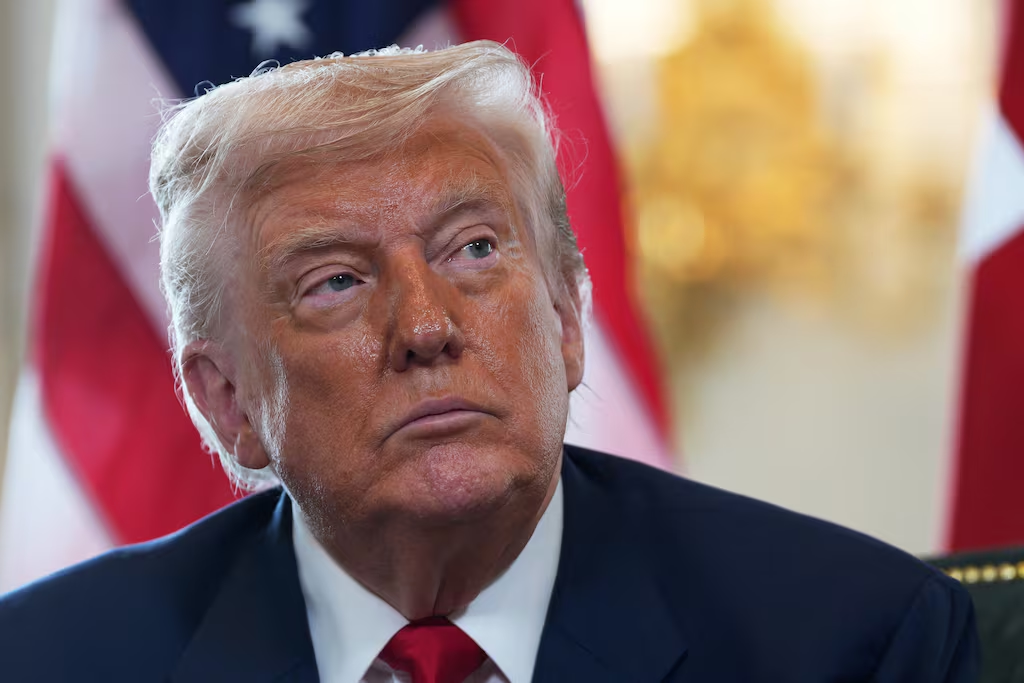
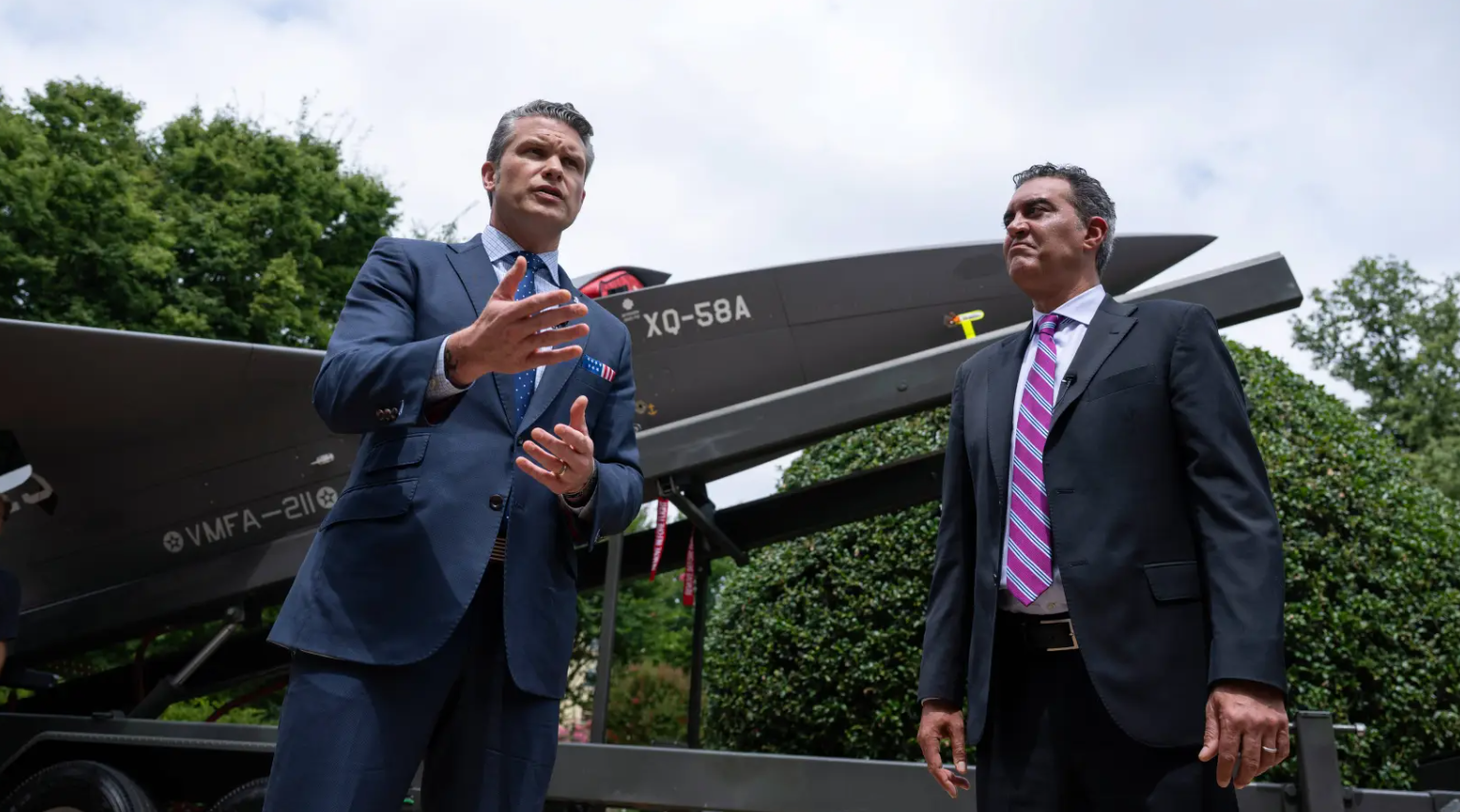

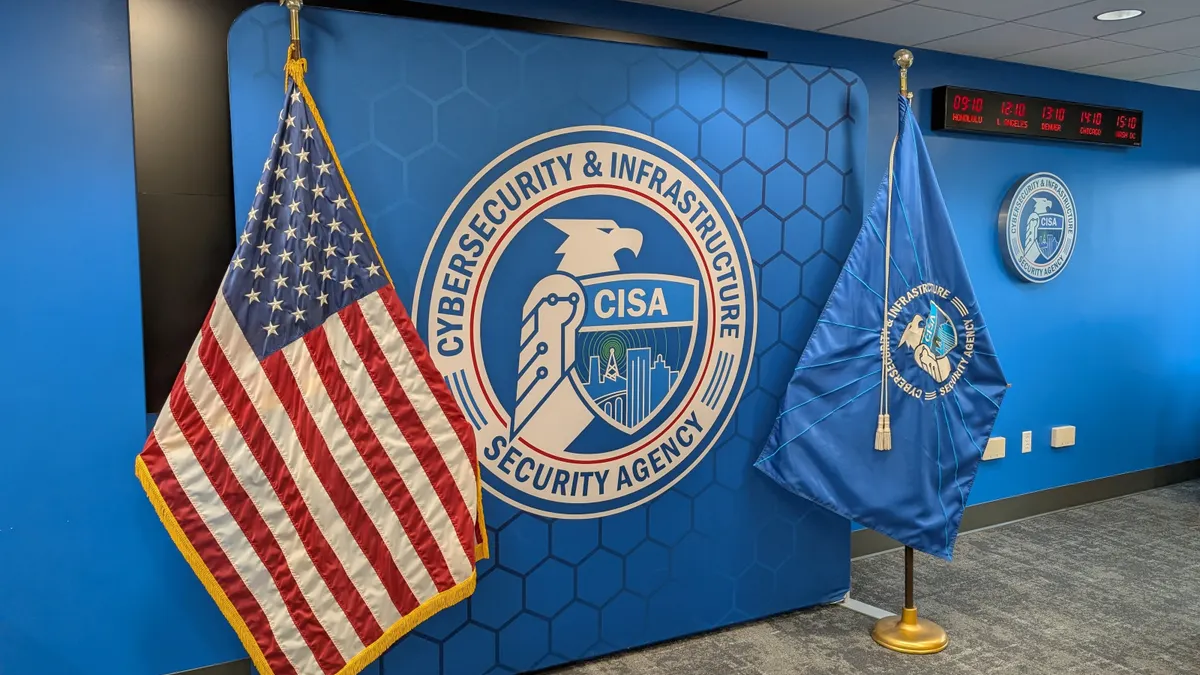
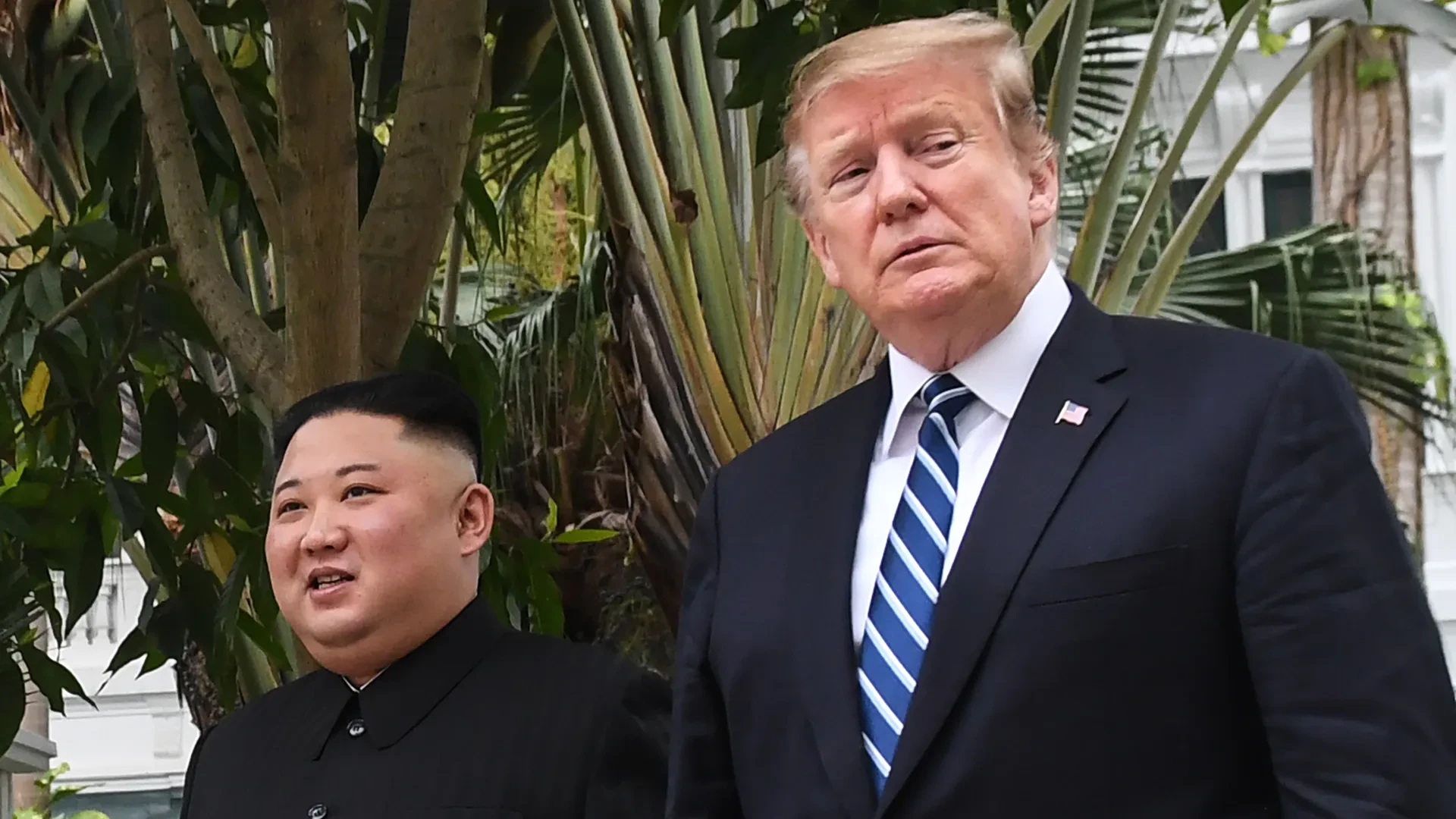
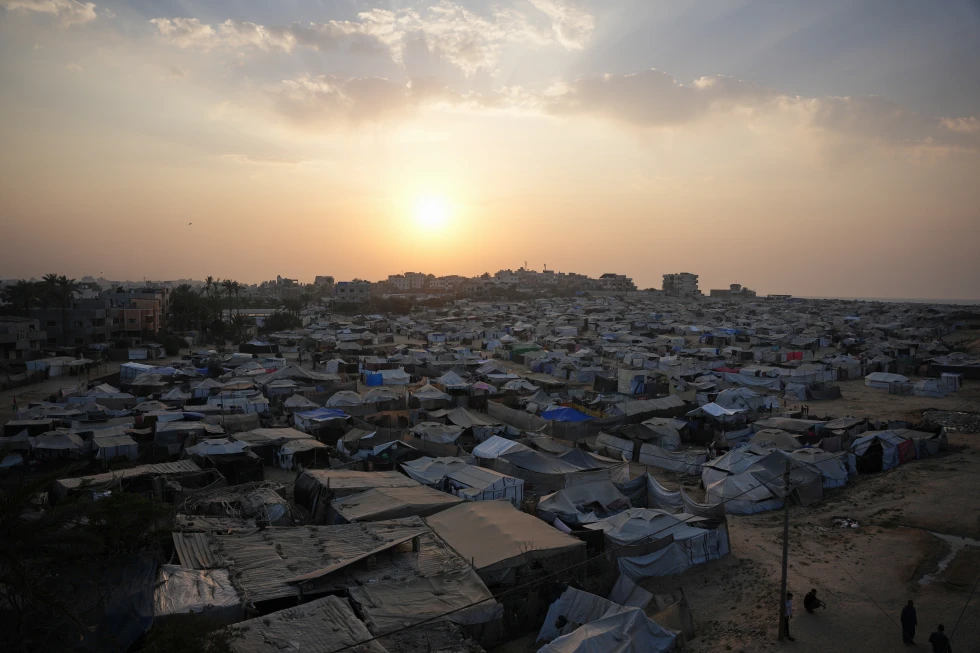
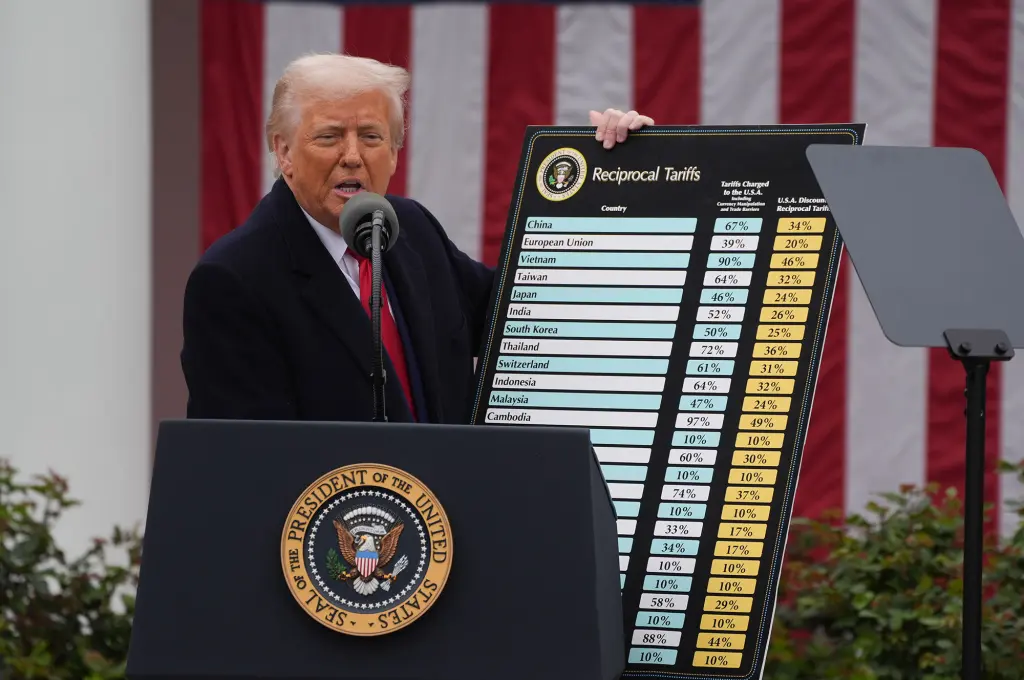
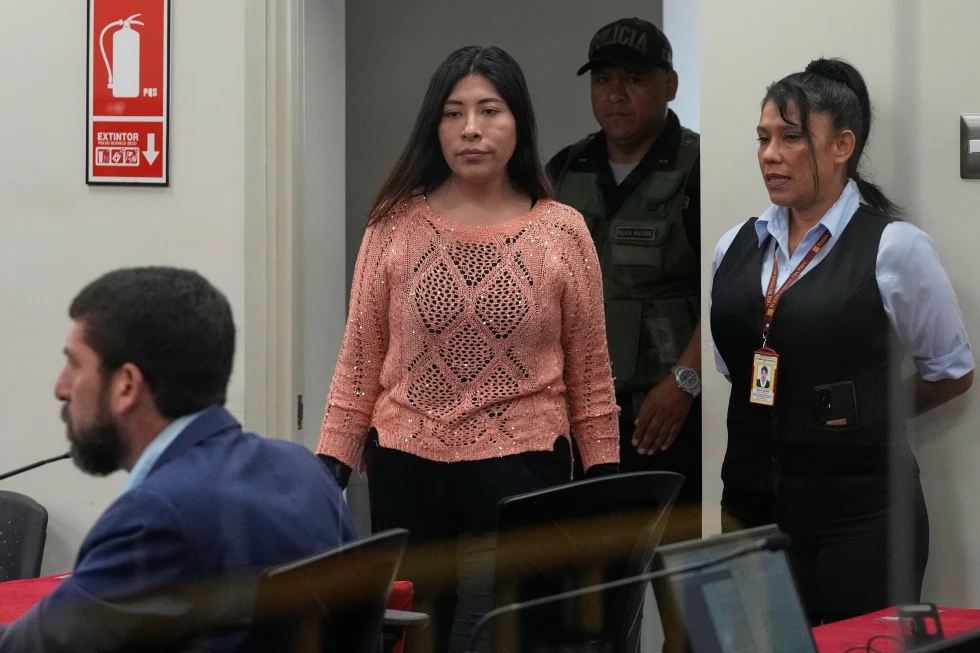
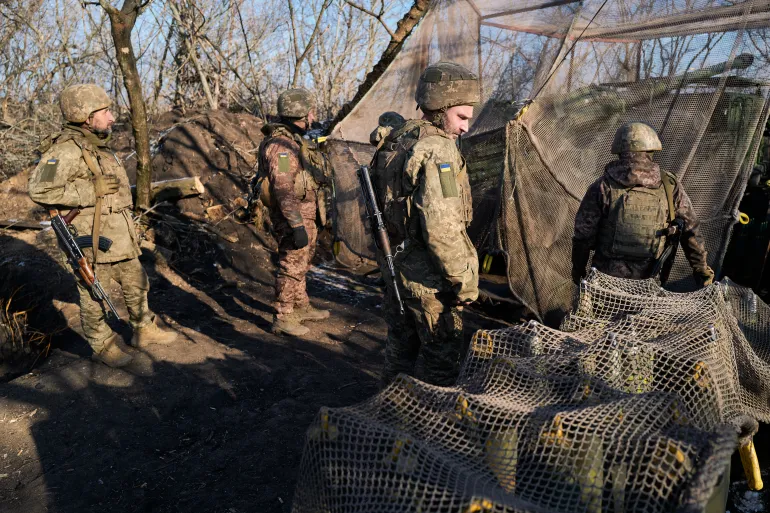

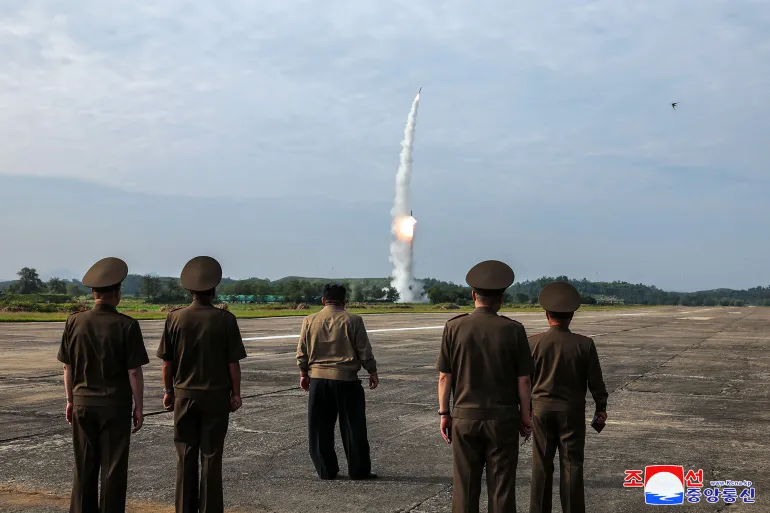

Discussion